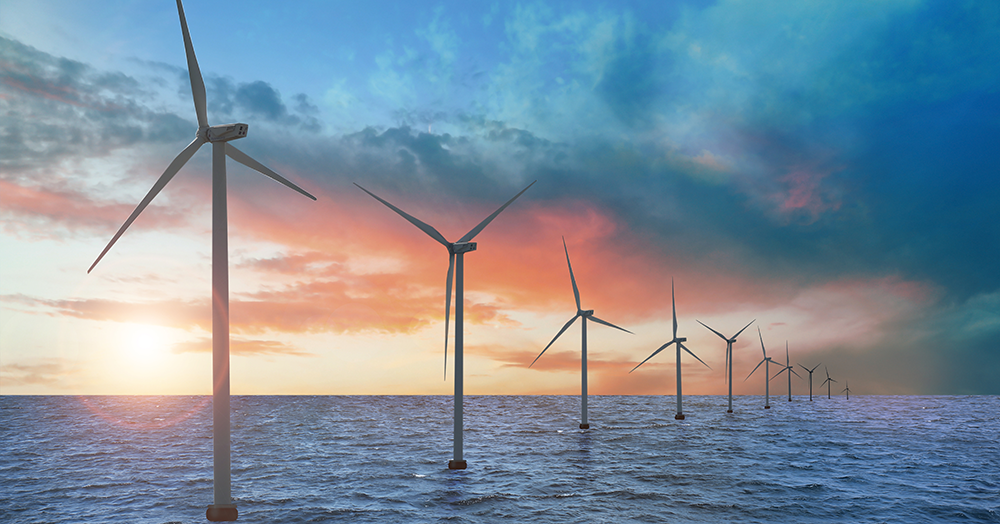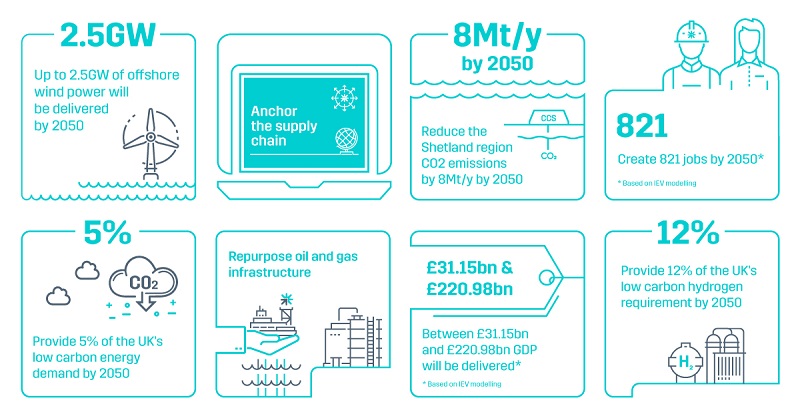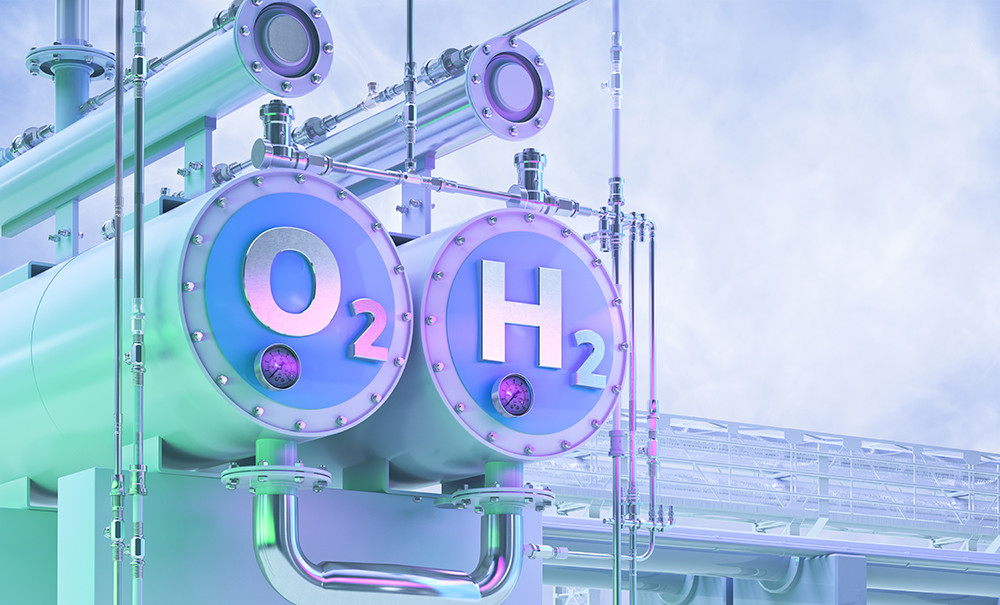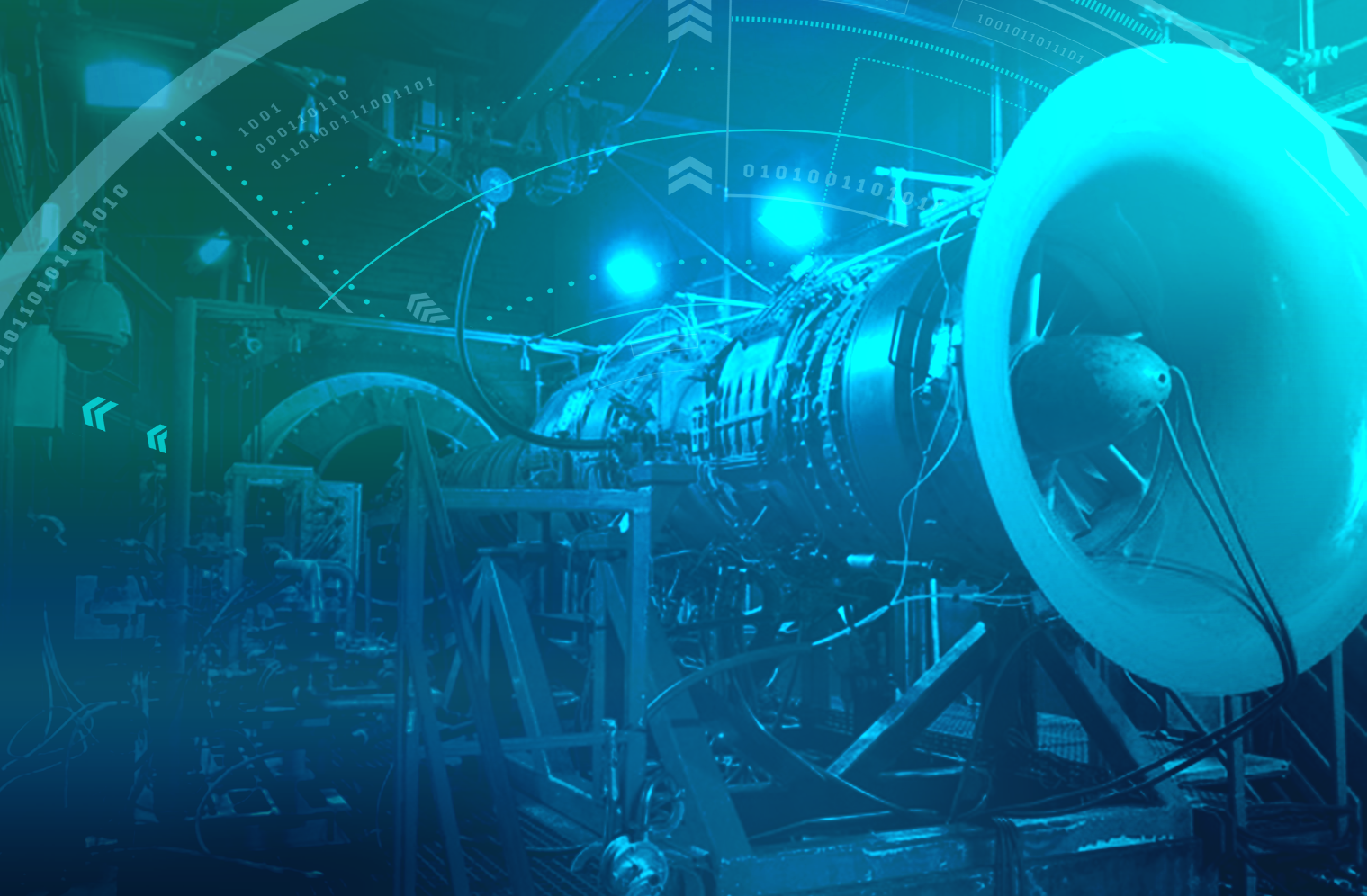NEWS & INSIGHTS | article
Energy Hub: Integrating renewables, hydrocarbons and CCUS

The integration and decarbonisation of energy systems has the potential to contribute 60% towards the country’s overall net zero target, through green hydrogen, Carbon Capture Utilisation and Storage (CCUS), blue hydrogen and offshore renewables. At the heart of delivering the energy integration ambition are energy hubs.
Energy hubs will produce clean energy from a combination of renewable energy sources such as wind, tidal and hydrogen, which will require CO2 emissions to be captured and managed successfully. Energy hubs combine these technologies with skills, digital infrastructure, and the supply chain, to solve the problem of interdependence.
The UK currently produces 8.5GW wind power with plans to increase the output to 30 GW by 2030 and 80GW by 2050. One hub won’t be enough to achieve these goals, it will take several hubs in strategic locations around the UKCS to provide the energy required to achieve net zero.

Project ORION
Shetland has been an important oil and gas province for over 40 years. However, this dynamic is changing, as the operators in the region need to reduce their carbon footprint and introduce new sources of energy to achieve environmental and commercial targets.
Shetland and the surrounding waters host some of the strongest and most consistent wind resource in Europe and the coastal areas around Shetland have exceptional tidal resource.
The island is also home to valuable infrastructure such as Sullom Voe Terminal and Shetland Gas Plant that can be repurposed to support an energy hub concept.
In 2020, the Net Zero Technology Centre and Shetlands Island Council (SIC) established an MOU to consider how to harness Shetlands renewable energy and re-purpose existing oil and gas infrastructure. The energy hub project, ORION (Opportunity for Renewables Integration with Offshore Networks), seeks to create a demonstrator project for the energy hub concept in Shetland.
ORION aims to decarbonise ongoing oil and gas operations; repurpose existing infrastructure to host sub-stations for floating wind electricity distribution, for energy storage, redevelopment of onshore terminals for blue hydrogen production and hydrogen export potential linked to the European Hydrogen backbone project; use the region’s renewable resources to electrify offshore operations; produce blue hydrogen at scale with associated storage of CO2; produce green hydrogen at scale powered by offshore wind; and provide alternative fuels for vehicles and marine vessels.
Project ORION could provide 5% of the UK’s low carbon energy demand by 2050 and 12% of the UK’s low carbon hydrogen requirement by 2050. Beyond ORION, the Energy Hub project will help develop both the technologies and the industrial capacity to unlock large-scale energy transition opportunities at sites across Scotland.
Full implementation will reduce emissions by ca 8MT/y by 2050. As well as the clear positive environmental impact, the project has the potential to create significant benefits for the economy locally and nationally, creating 821 jobs by 2050, anchoring the supply chain and facilitating collaboration across sectors. It will also de-risk future energy hub programmes across Scotland, UK and Internationally.
Net Zero Technology Transition Programme
In August 2021, the Net Zero Technology Centre was awarded £16.5million from the Scottish Government’s Energy Transition Fund. The award, match-funded by industry, will drive seven projects:
- Energy Hub
- Hydrogen Backbone Link
- Alternative Fuel Gas Turbines
- Offshore Low Touch Energy Robotics and Autonomous Systems (OLTER)
- Advancing Remote Operations
- Data for Net Zero (D4NZ)
- Offshore Energy Digital Architecture
The projects are designed to develop the skills, technologies, and infrastructure that Scotland needs to deliver an affordable green economic recovery.
We don’t simply want to deliver net zero for the UK, we want to seize the full economic benefits of doing so in a global market with huge export potential – and maintain that advantage long into the future.
Subscribe for the latest updates

